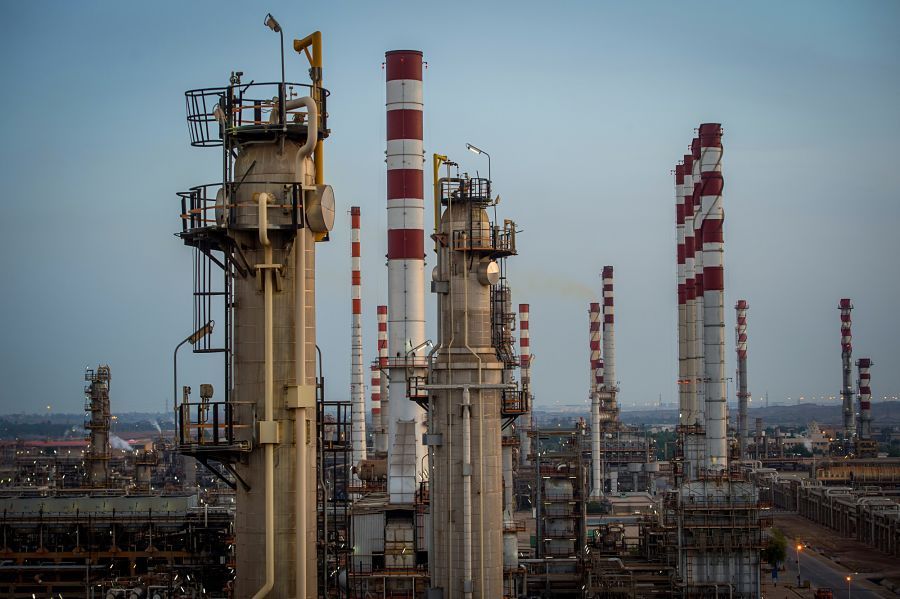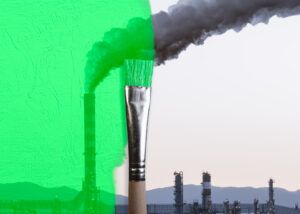As environmentally conscious investing has gained momentum across the globe, the so-called dirty end of the energy spectrum has been going gangbusters for investors.
The Energy Select Sector SPDR ETF (XLE), which is a proxy for oil companies, is up more than 56% this year after a 32% decline last year. And the First Trust Natural Gas ETF (FCG) is up 110% this year after falling 23% last year.
That kind of outperformance is seen as the rewarding flip side of pressure from institutional investors and proponents of alternative energy sources that need traditional energy prices to spike to make renewable energy more feasible by comparison.
“Right now, energy is a play on the economy reopening, reflation and inflation; that’s the trifecta for 2021 with the expectation of a pause and pullback of the Delta variant,” said Paul Schatz, president of Heritage Capital.
“It has been amazing how few people have hopped onboard the energy train, either because of ESG or the strength in the dollar,” Schatz said. “For all those investors who do not believe that the dollar and commodities cannot rally together, I present you with today. Those investors are learning an expensive lesson.”
Stewart Glickman, energy equity analyst at CFRA, said traditional energy is benefitting from a supply-demand imbalance that is still far from finding equilibrium.
Currently, the price of West Texas Intermediate crude oil is hovering around $84 a barrel; it has averaged $68 in 2021 That compares to an average price of $39 last year, when shrinking demand pushed a lot of energy companies into survival mode.
“This year, demand for energy is coming back and we don’t have enough global supply to meet that demand,” Glickman said. “Right now, supply and demand are driving the bus, and my outlook is very bullish.”
In terms of oil, Glickman said supply is hamstrung by a combination of OPEC policies and pressure on U.S. producers from institutional investors and environmentalists to cut back production and divert more capital toward dividends, stock buybacks and paying down debt.
“The U.S. producers have been beaten over the head by the ESG crowd and told to produce less oil,” Glickman said.
The power of the ESG movement has kept traditional energy out of favor for much of the past five years, he said.
Despite their powerful performance in 2021, fossil fuel companies are sitting on a five-year compound annual growth rate of negative 5%. That compares to a five-year compound annual growth rate of 16% for the S&P 500 Index.
But even with the growing ESG influence, Glickman said it will take years for alternative energy options to develop a functional infrastructure and for electric vehicles to become affordable to a mass market. Thus, the bullish outlook for traditional energy.
“I don’t know if we have to see oil at $95 or $100 a barrel, but as long as U.S. producers continue to be reticent about adding more supply and OPEC continues to act like a cartel, I’d say the floor is probably $70,” Glickman said. “And as long as we don’t have a new Covid variant, and demand continues to gradually rise, we will at some point next year get back to pre-pandemic demand levels.”
Dennis Nolte, vice president of Seacoast Investment Services, is among the financial advisers eager to take what the market is offering.
“With inflation trending, not transitory, and folks looking to participate in a way to invest in sectors benefitting from inflation, energy is the first place most of us look,” he said. “And it sure seems to be working. Looks like it’ll be going higher, too, even when supply chain concerns are relieved. We like the sector.”
For reprint and licensing requests for this article, click here








